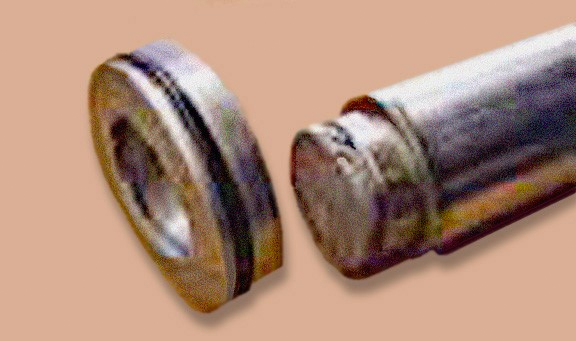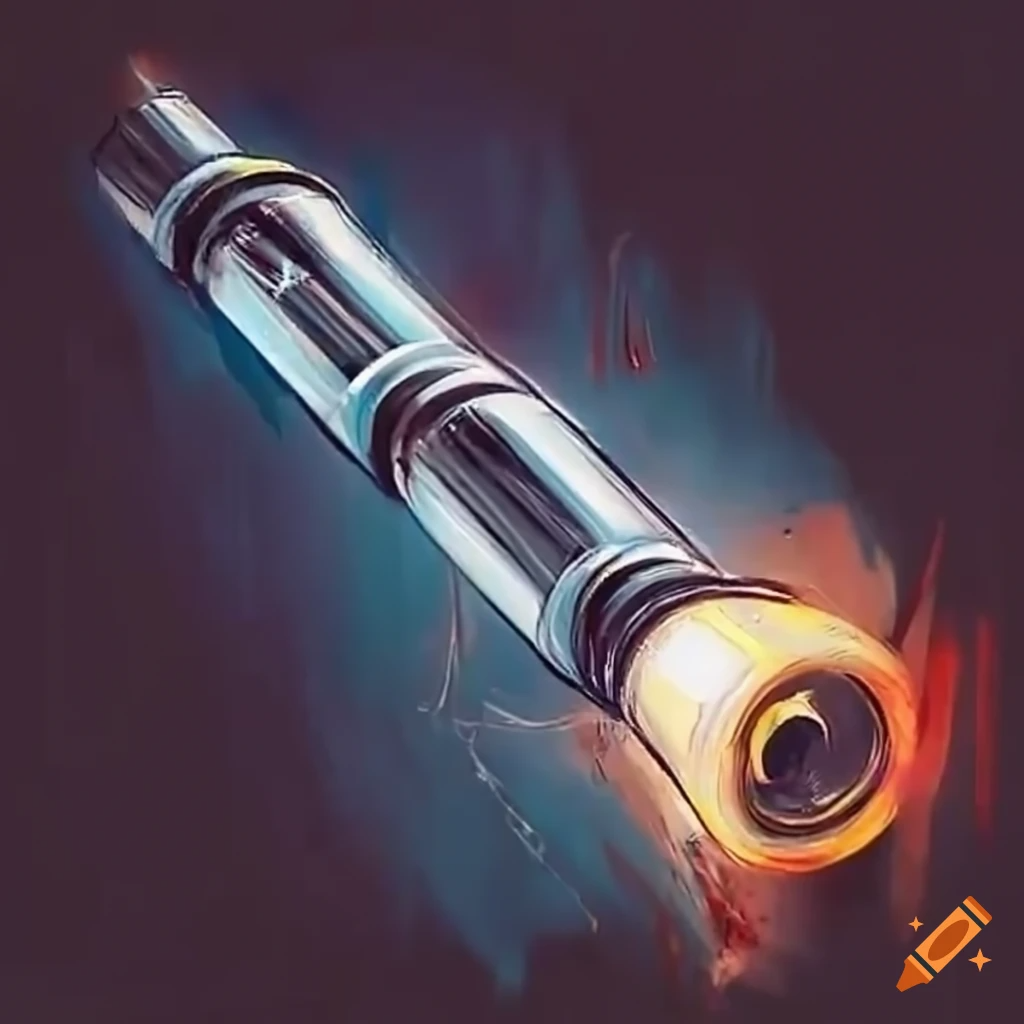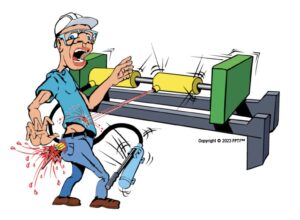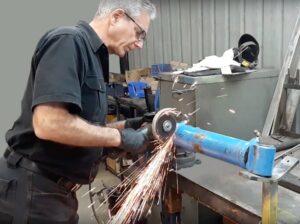How a Piston Rod Becomes a Missile?
A series of mistakes nearly ends in near catastrophe.
Most hydraulic cylinder repair and rebuild work is pretty routine. But when a special or unusual cylinder comes in for repair, technicians should consult experts if they come across an unfamiliar feature.
A double-acting cylinder used in mining equipment arrived for repair at a hydraulic equipment repair facility. However, the service provider in this case was not authorized nor trained by the manufacturer to work on the cylinder. The cylinder was rated for 10,000 psi and a maximum applied force of 100 tons.
Even before the technician assigned to the repair disassembled the cylinder, he noticed that the piston rod was heavily scored enough to require replacement. Once he pulled the rod and piston assembly out of the cylinder tube, the technician discovered that the piston and piston rod were a single component, machined from one piece of steel.
An experienced technician should know that this was an unusual configuration. Whether the technician acted on his own or followed instructions from his supervisor, he took the easy way out by “rebuilding” the cylinder as he normally would. He did so by cutting the rod free from the piston, then welding a new rod onto the piston.
After he completed the “repair,” the technician set up the cylinder for testing. However, he failed to fully tighten the hose coupling on the rod end of the cylinder. This hose connected to the cylinder through a quick-acting coupling containing an integral check valve, so not fully tightening the coupling meant one or both halves of the fitting still blocked flow. The technician also failed to provide a relief valve in the test circuit.
Once everything was hooked up, the technician applied pressure to the cap end of the cylinder to extend the piston rod. The technician applied 6,000 psi to extend the piston & rod assembly, and it moved a fraction of an inch. But that was it. Because fluid was trapped in the cylinder’s rod-end chamber, pressure acting on the cap side of the piston could not move the piston.
The technician then began increasing pump pressure in an attempt to extend the piston & rod assembly. Suddenly and unexpectedly, the 40-lb rod shot out of the cylinder, up through the facility’s roof, and landed outside of the building. Luckily, no one was injured.
Several mistakes were made that led to this accident. First and foremost, the technician should not have worked on this cylinder. Second, because he did not connect the hose coupling correctly and did not use a relief valve, obviously, he had not received proper training.
Welding the piston rod to the piston was irresponsible and should not have been done. A strong rod-to piston connection is critical to the safe and effective operation of hydraulic cylinders. In this case, the one-piece piston and rod provided maximum strength. Welding the rod to the piston was inadequate because the two pieces were connected only around the circumference of the rod.
It’s somewhat fortunate, though, that the technician did not properly connect the hose coupling to the cylinder. If he had, the cylinder probably would’ve extended and retracted properly in the shop, and eventually been put into service. The cylinder certainly would’ve failed in the field, perhaps with deadly consequences.
This information was provided by Resources Safety & Health Queensland, an independent regulator of worker safety and health in Queensland, Austalia’s mining, quarrying, petroleum, gas and explosives industries.
By: Alan Hitchcox
After serving as a vehicle mechanic in the US Army, Alan attended college full time to earn a Bachelor of Science while also working full time for a power transmission and fluid power distributor. He then became a technical editor and wrote or edited hundreds of technical articles for 38 years, with the last 32 on Hydraulics & Pneumatics magazine before becoming semi-retired in 2020.











Leave a Reply
You must be logged in to post a comment.